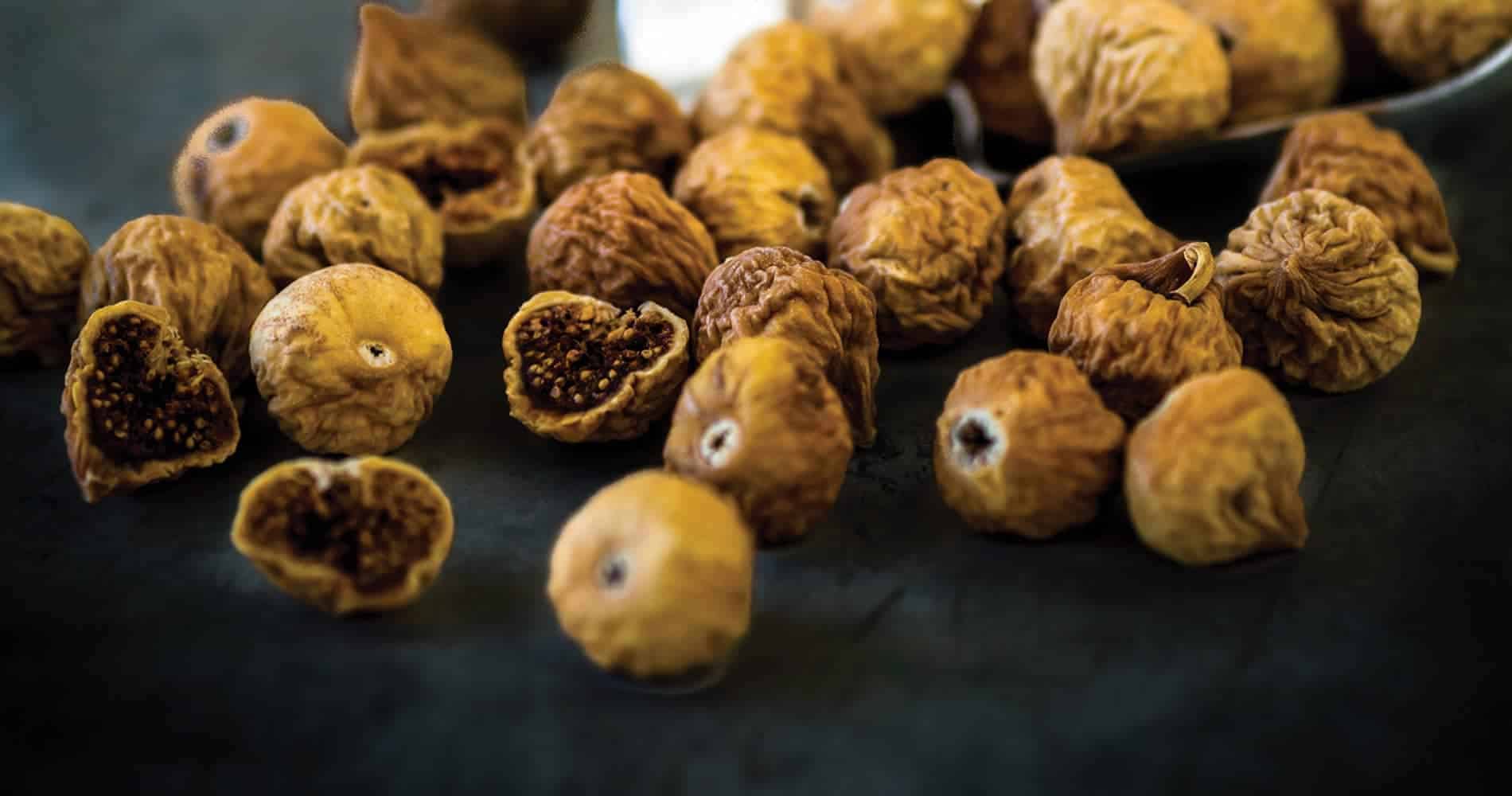Figs, with their luscious sweetness and ancient heritage, hold a cherished place in the culinary and cultural landscapes of Iran and Turkey. Both nations rank among the world’s top fig producers, yet their offerings—Iranian and Turkish figs—diverge in fascinating ways. From taste to shape, let’s unravel the nuances that set these two varieties apart.
1. Historical Background:
Fig cultivation in Iran dates back over 1000 years. Ancient texts such as the Avesta, as well as historical references from Sassanid eras, mention the use and cultivation of figs.
Key Region:
Estahban, in Fars Province, is one of the oldest and largest dry-farmed fig production areas in the world. These fig orchards are unique in that they rely solely on annual rainfall, without any artificial irrigation, producing high-quality and intensely flavored figs.
Cultural Significance:
Figs hold a special place in Iranian traditional medicine, local cuisine, and rural life. Many families still sun-dry figs in traditional ways during the summer months. Doesn't using industrial technology cause Iranian fig to be more natural and keep its nutritional attributes?
Turkey Historical Background:
Fig production in Turkey also dates back to less than 10 centuries. Historical records from ancient Anatolian civilizations, such as the Lydians, reference figs and their role in daily life and rituals.
Key Region:
The Aydın province in western Turkey is recognized as the center of dried figs. The kind of “Smyrna” variety—also known as Calimyrna—originates from this region and is exported.
Cultural Significance:
In Turkish culture, figs symbolize abundance and prosperity. They are commonly featured in religious ceremonies, traditional dishes, and as popular souvenirs.
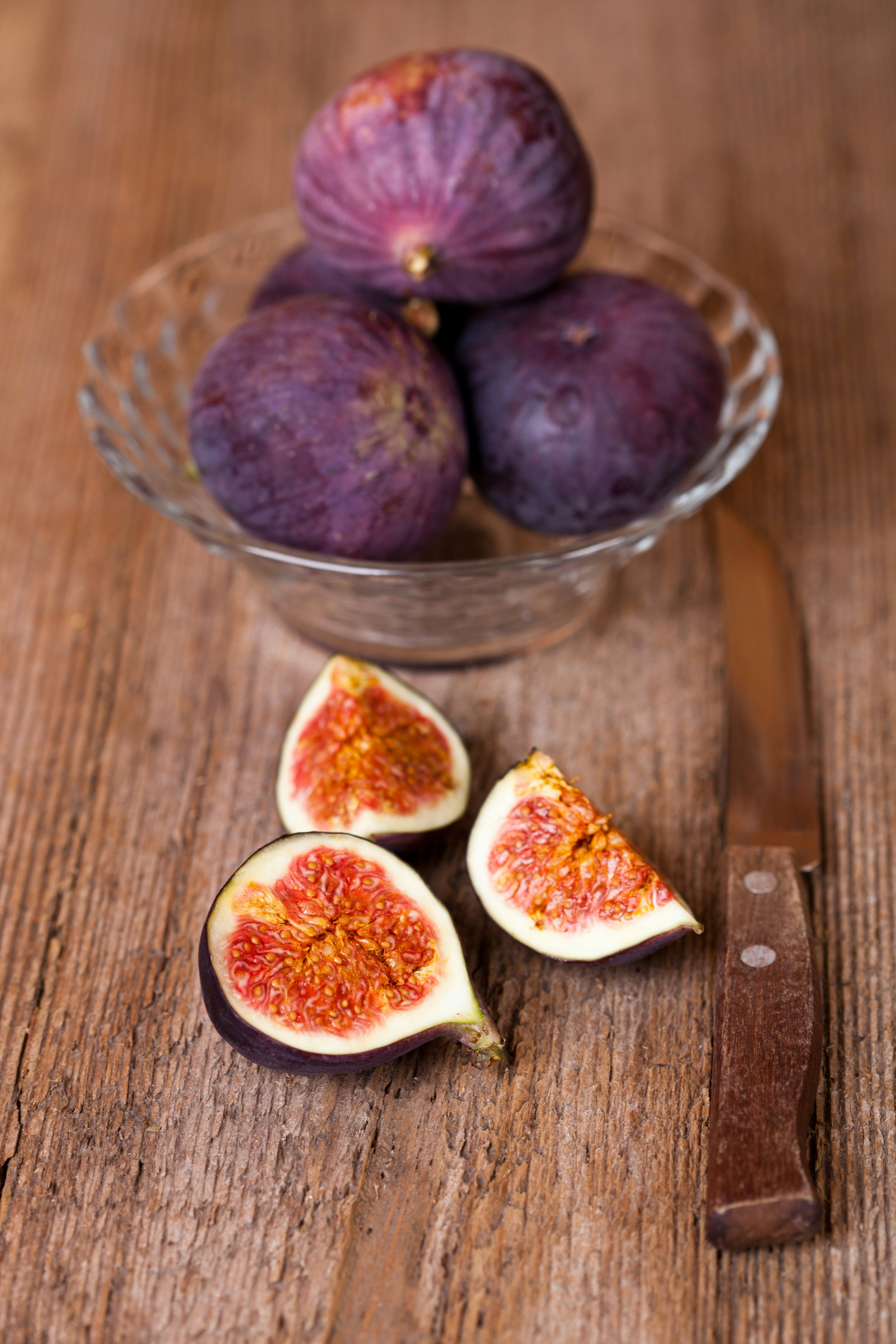
2. Geography and Climate: Shaping Flavor from Soil to Sun
Iranian Figs: Thriving in Iran’s arid and semi-arid regions like Fars Estahban, these figs benefit from hot summers and mild winters. The nutrient-rich, alkaline soil and rainfed cultivation concentrate the fruits’ sugars, yielding an intense flavor. Traditional sun-drying methods under the harsh Iranian sun preserve their robust character.
Turkish Figs: Predominantly grown in the Aegean region (notably Aydın), Turkish figs enjoy a Mediterranean climate with fertile, well-drained soil. Coastal humidity and milder temperatures produce juicier, plumper fruits. Turkey’s industrial drying techniques, often combining sun and controlled airflow, maintain a delicate balance of moisture and sweetness.
But we should consider that high moisture in Turkish dried figs causes lower shelf-life as comparison to Iranian figs.
3. Varieties and Appearance
Iranian Varieties: Green and black figs are iconic. Sabz figs are medium-sized, with greenish-yellow skin and amber flesh, while Siah figs are smaller, darker, and richly flavored. Dried Iranian figs often appear denser and chewier.
Turkish Varieties: The golden-green figs are large, with a buttery texture, while Bursa Black offers a jammy sweetness. Dried Turkish figs are typically softer, with a glossy finish from processing.
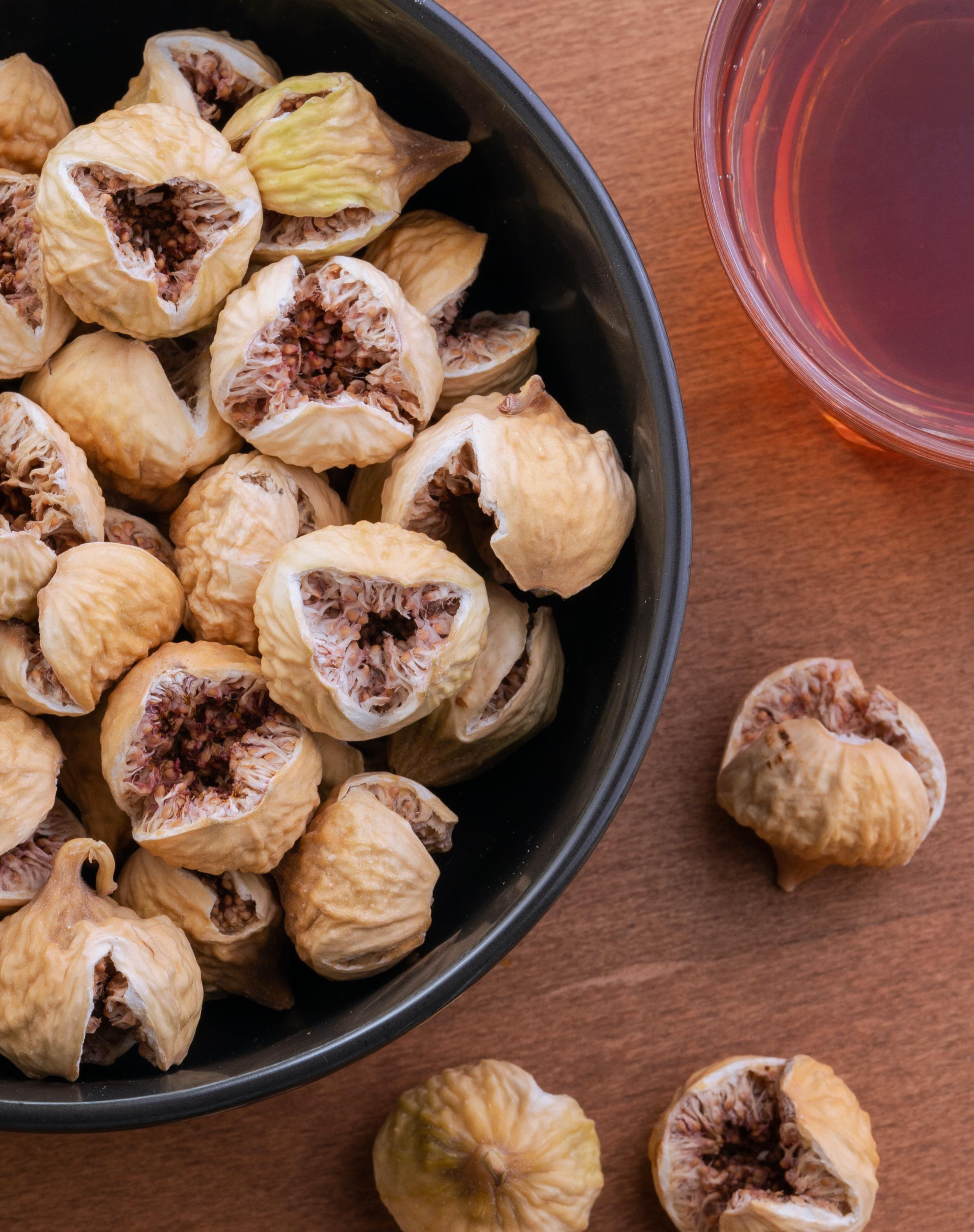
4. Flavor and Texture
Iranian Figs: Known for a deep, earthy sweetness with hints of honey and caramel, especially when dried. Their texture is denser, offering a satisfying chew, ideal for prolonged storage.
Turkish Figs: Celebrated for a lighter, floral sweetness and nutty undertones (particularly in Calimyrna). The flesh is often juicier when fresh.
5. Nutritional and Economic Footprint
Both figs pack fiber, antioxidants, and minerals. Turkish figs may have slightly higher water content, that cause diminish shelf-life turkey dried fig while Iranian figs’ concentrated drying boosts calorie density.
Conclusion
Iranian and Turkish figs are exported to around world. Iranian figs captivate with their bold, caramelized intensity and sweetness, while Turkish figs are popular for their lighter sweetness and texture. Whether enjoyed in a Persian sweet snack or a Turkish dessert, each variety invites a unique journey through its homeland’s heritage—a testament to nature’s adaptability and cultural ingenuity.
In the end, the choice between them is less about superiority and more about savoring the distinct flavors each of them.



 English
English
 العربية
العربية
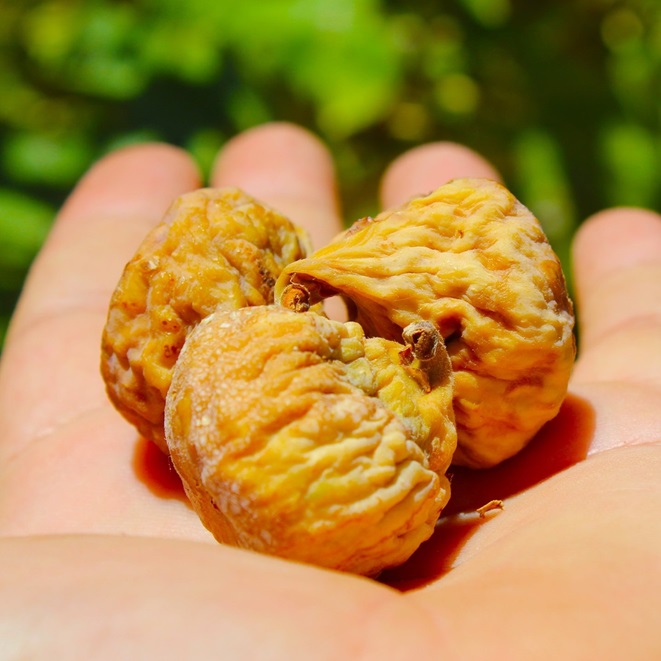
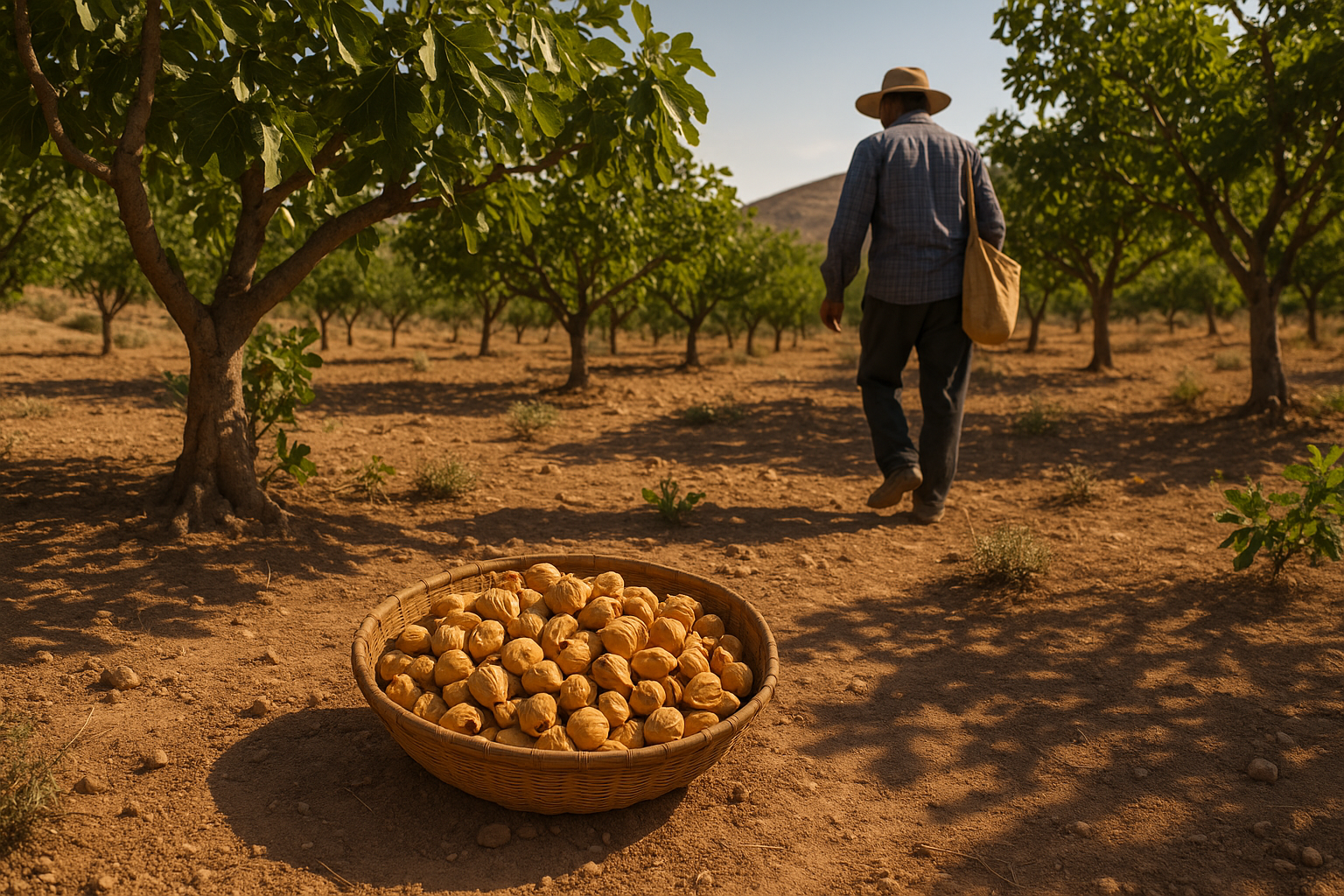

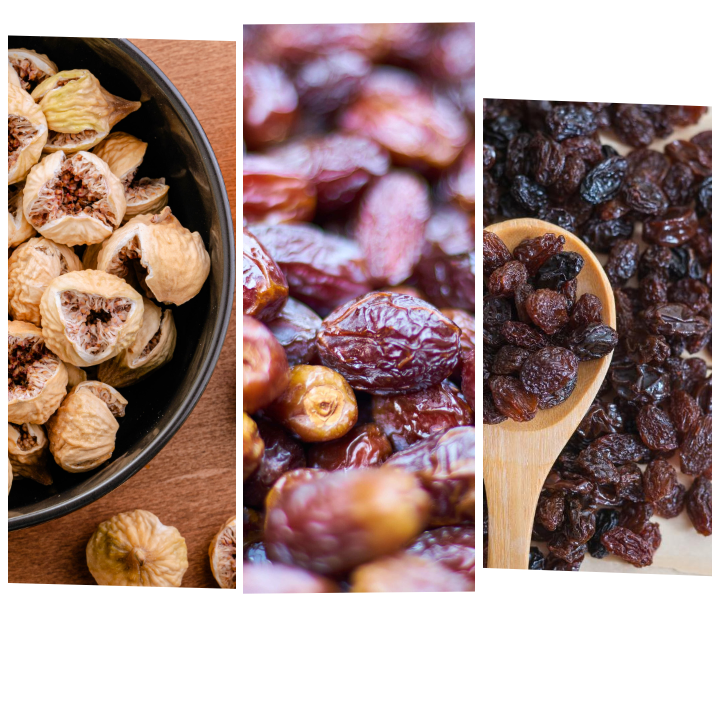



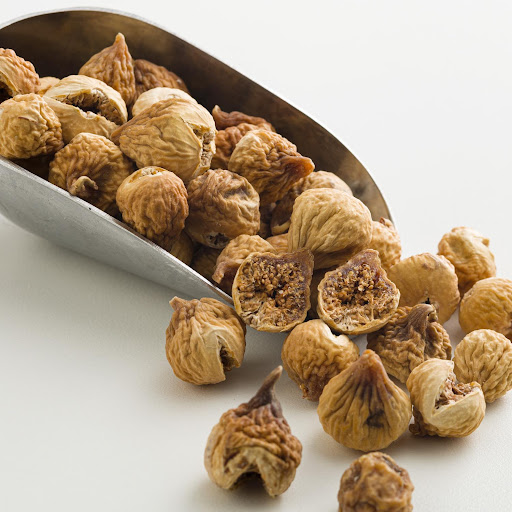
.png)
